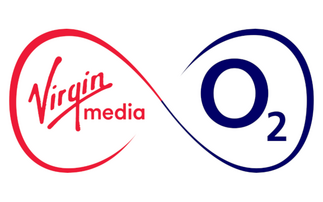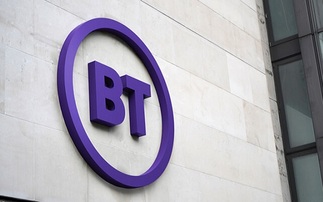President expects 50 per cent company profit to come from overseas by 2017
Japanese tech firm NEC is to make an agressive play for dominance of western telecommunications and energy storage markets, one of its executives has revealed to Computing. Some 80 per cent of t...
To continue reading this article...
Join Computing
- Unlimited access to real-time news, analysis and opinion from the technology industry
- Receive important and breaking news in our daily newsletter
- Be the first to hear about our events and awards programmes
- Join live member only interviews with IT leaders at the ‘IT Lounge’; your chance to ask your burning tech questions and have them answered
- Access to the Computing Delta hub providing market intelligence and research
- Receive our members-only newsletter with exclusive opinion pieces from senior IT Leaders




















